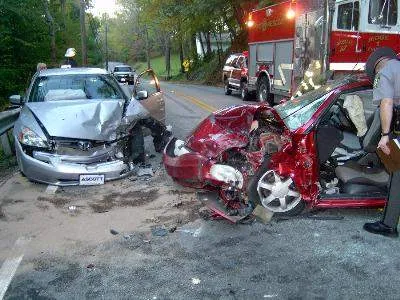25-Year-Old Boy Loses Life in Tragic Accident
 Earlier this year, 25-year-old Juan Manuel Velez was involved in a tragic car accident that ended up costing him his life. As he was approaching a green light at the intersection of South Florida’s State Road 817 and Northwest 210th Street, Velez was unable to stop his vehicle in time when Maria Santa Chaison turned left in front of him—barreling into his car. Immediately after the collision, Velez was transferred to Ryder Trauma Center, where he was pronounced dead. On the other hand, Chaison—who was believed to be driving under the influence, with a Blood Alcohol Content (BAC) of 0.2—fled the scene. Today, Velez’s relatives and Miami-Dade officials are still on the lookout for Chaison, who they believe has escaped to Honduras.
Earlier this year, 25-year-old Juan Manuel Velez was involved in a tragic car accident that ended up costing him his life. As he was approaching a green light at the intersection of South Florida’s State Road 817 and Northwest 210th Street, Velez was unable to stop his vehicle in time when Maria Santa Chaison turned left in front of him—barreling into his car. Immediately after the collision, Velez was transferred to Ryder Trauma Center, where he was pronounced dead. On the other hand, Chaison—who was believed to be driving under the influence, with a Blood Alcohol Content (BAC) of 0.2—fled the scene. Today, Velez’s relatives and Miami-Dade officials are still on the lookout for Chaison, who they believe has escaped to Honduras.
In cases like these, someone—or some company—is clearly at fault. Here are a couple situations in which insurance companies, policemen and investigators can easily determine exactly who is at fault:
How is Fault Determined
In many collisions, it is very difficult to tell who is at fault. In order to come to such a decision, courts need a lot of evidence—including police reports, vehicle damage reports, location information, and when possible, even photos. While reliable witnesses can iron out the events leading up to the accident, researching state vehicle code for the state in which the accident occurred could be an easier way to determine which laws were violated. Furthermore, while citations do not prove who was at fault, they can be used to support other evidence used to prove your case.
Of all the ways they could happen, there are two types of accidents where fault is easy to find:
Rear-end Crashes: Across the nation, there is a general safety rule that requires all drivers to leave enough room between you and the car in front of you to ensure that you are able to stop safely. Should you hit the car in front of you, therefore, you are inherently breaking this rule. However, if a vehicle behind you pushed you into another vehicle, or if that vehicle didn’t have working break lights, you may not be completely at fault.
Left Turn Crashes: The case above is an example of a left turn crash. If you are hit while making a left turn, it is usually the result of you turning when you shouldn’t have. The only exceptions in this situation would be if the car that was not turning sped through a red light, or if that same car was driving too fast. Regardless, you do not have the right of way—so you are expected to see an oncoming car and wait before making a left turn.
